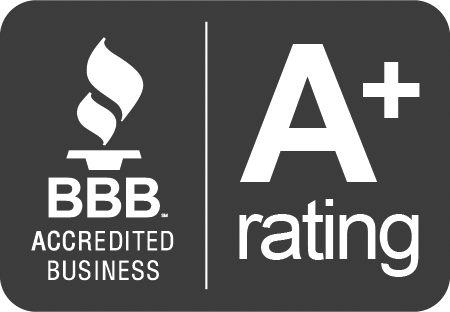Tax Benefits That Can Help You Save
Unlock Hidden Value Through Energy Tax Strategy.
At Millennium, we help accredited investors convert significant tax liabilities into equity positions in U.S. oil and gas-producing assets. This approach offers a dual advantage: access to performance-driven energy developments and substantial, front-loaded deductions that reduce effective tax exposure—converting tax payments into working capital.
Tax Policy With Purpose. Why Oil & Gas Tax Incentives Exist.
Energy tax incentives didn’t happen by accident—they were engineered to serve long-term national priorities. In 1986, as part of a sweeping overhaul of the U.S. tax code, Congress preserved key tax advantages for the oil and gas industry, even as it eliminated many traditional shelters and loopholes. Why? Because domestic energy production was, and remains, a strategic imperative.
Exploration and development are capital-intensive, high-risk endeavors. Rather than fund these efforts directly, the federal government uses tax policy to share that risk with private investors. By allowing the immediate deduction of Intangible Drilling Costs (IDCs)—which also apply to redevelopments and can represent the majority of a project’s cost—the tax code reduces effective exposure and enhances capital efficiency. Additional long-standing incentives can include accelerated depreciation of tangible assets and percentage depletion allowances, which further reduce taxable income from producing properties.
Designed for High-Income Investors.
These benefits weren’t created to subsidize Wall Street—they were designed to direct sophisticated private capital into the real economy: into American energy, infrastructure, and jobs. For qualified investors, the result is twofold: substantial, front-loaded deductions and direct access to income-generating assets that advance U.S. energy independence.
Millennium’s investment offerings are structured for accredited investors with high annual income and significant federal and state tax liabilities, typically exceeding $1 million per year. These investors can use participation in energy development to offset ordinary income, reduce their overall tax exposure, and target attractive risk-adjusted returns.
The Cost of Inaction
When capital sits idle or is taxed without a strategy, growth potential is diminished. For high-income investors, choosing not to engage in qualified energy investments can mean missing out on meaningful tax efficiency, portfolio diversification, and access to one of the last remaining front-end deductions in the U.S. tax code.
TRUE COST
Federal and state combined personal income taxes 45% per $1 million of Ordinary Active Income are used.
Immediate Deductions. Long-Term Strategy.
When participating in domestic oil and gas development, you’re not just reducing tax liability—you’re engaging in a policy-driven growth engine that has quietly compounded national benefit and investor value for decades.
Investments in qualified oil and gas projects are fully deductible against ordinary income in the year they are made. This option enables investors to reallocate funds from tax obligations into potentially long-term, income-generating assets, resulting in a more strategic deployment of capital.









